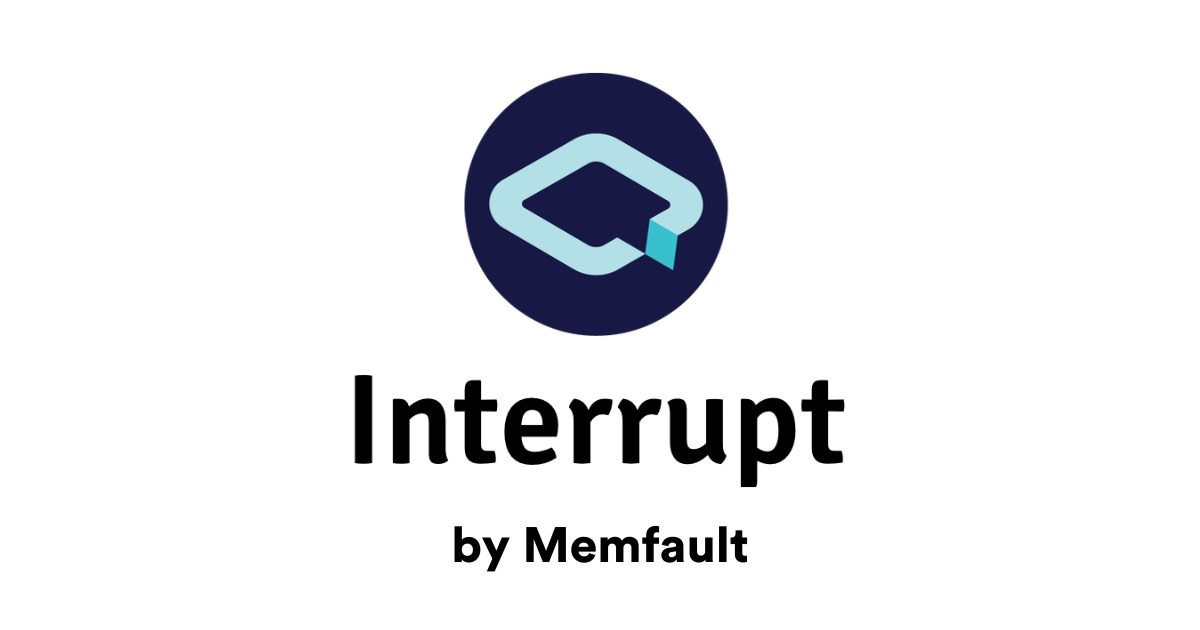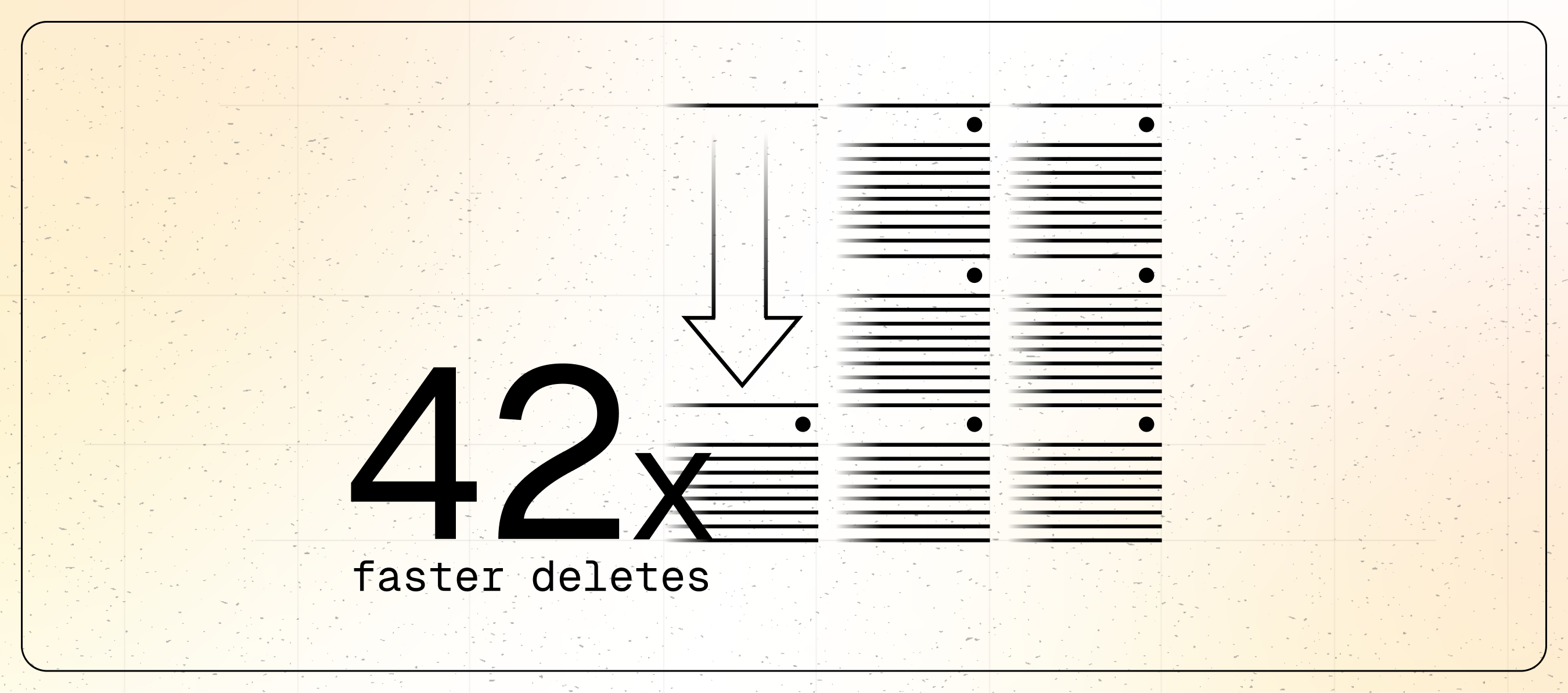
Linux Coredumps (Part 1) - Introduction | Interrupt
One of the core features of the Memfault Linux SDK is the ability to capture and analyze crashes. Since the inception of the SDK, we’ve been slowly expanding our crash capture and analysis capabilities. Starting from the standard ELF coredump, we’ve added support for capturing only the stack memory and even capturing just the stack trace with no registers and locals present. This article series will give you a high-level overview of that journey and a deeper understanding of how coredumps work on Linux.
In this article, we’ll start by taking a look at how a Linux coredump is formatted, how you capture them, and how we use them at Memfault.
🎥 Listen to a recording of Blake’s talk from Open Source Summit North America 2025, “Efficient On-Device Core Dump Processing for IoT: A Rusty Implementation,” for an even deeper diver into the techniques explored in this series.
A Linux coredump represents a snapshot of the crashing process’ memory. It can be loaded into programs like GDB to inspect the state of the process at the time of crash. It is written as an ELF1 file. The entirety of the ELF format is outside the scope of this article, but we will touch on a few of the more important bits when looking at an ELF core file.










